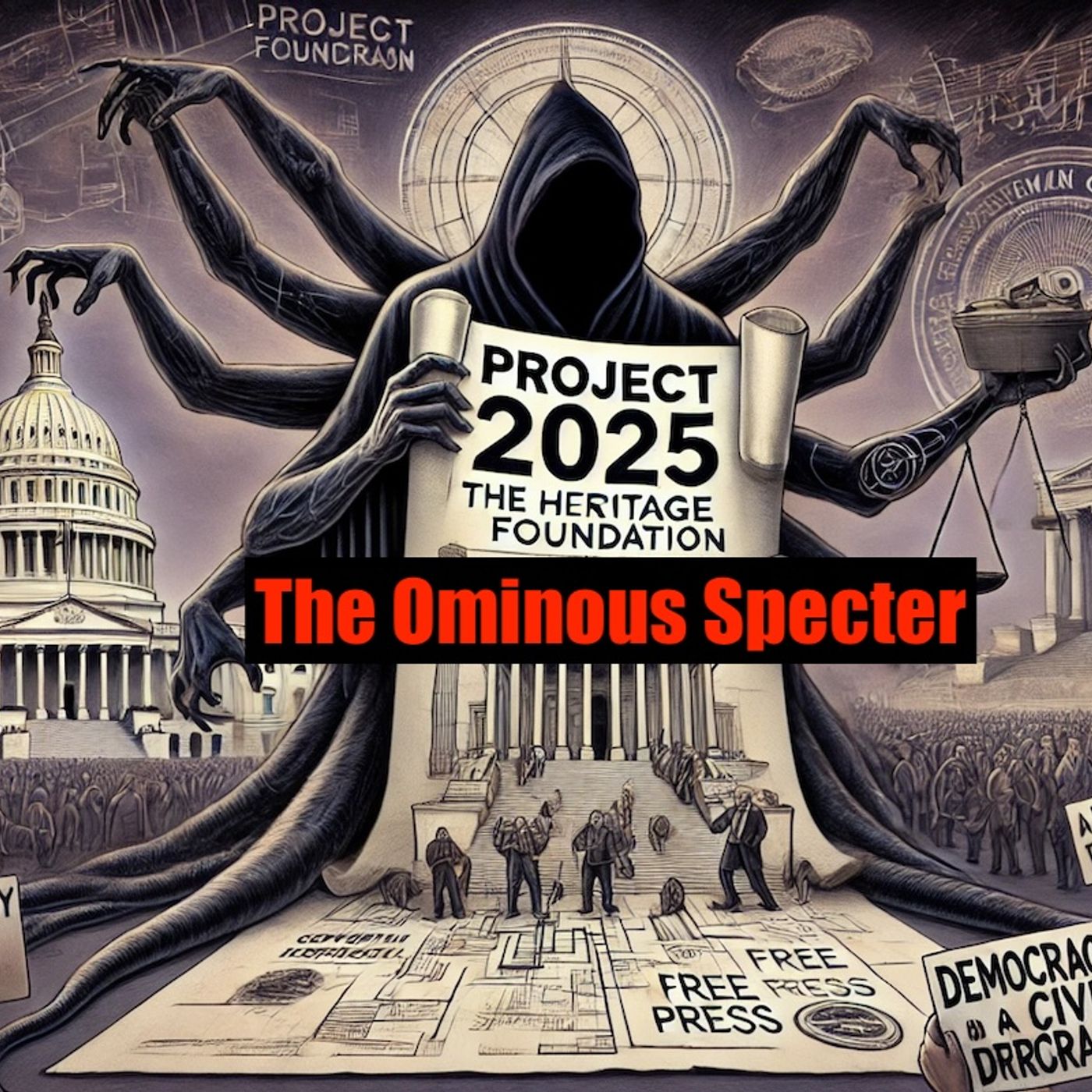
Proposed Medicaid Lifetime Cap in Project 2025 Raises Concerns Over Healthcare Access

Project 2025: The Ominous Specter
Shownotes Transcript
Project 2025 is a significant policy initiative that has garnered attention for its proposed changes to Medicaid, among other areas. This initiative includes a notable provision that aims to introduce a lifetime cap on Medicaid benefits for Americans. The implications of such a policy could be far-reaching, particularly given that as many as 20 percent of current Medicaid enrollees might be affected by these changes.Medicaid, a crucial program that provides health coverage to millions of Americans, traditionally operates without a lifetime cap, allowing individuals to access necessary health services as long as they meet eligibility criteria. However, Project 2025's proposal to establish a lifetime cap could fundamentally alter this structure, potentially limiting access to healthcare for many individuals, including low-income families, the elderly, and people with disabilities who rely heavily on Medicaid.The impact of implementing a lifetime cap would likely vary across different groups of Medicaid beneficiaries. Those with chronic illnesses or disabilities may face significant challenges, as their medical needs often require ongoing and costly care. A lifetime cap could force these individuals to choose between essential healthcare services and financial stability, as they might have to pay out-of-pocket once the cap is reached.Proponents of Project 2025 argue that such reforms could encourage more efficient use of healthcare services and address long-term sustainability and fiscal responsibility within the Medicaid program. They believe that capping benefits may incentivize Medicaid recipients to seek employment and pursue private insurance options, thus reducing government expenditure.On the other hand, critics of the proposed changes warn about the potential negative impacts on vulnerable populations. They argue that capping Medicaid benefits could lead to increased healthcare disparities and worsen health outcomes for those unable to afford care beyond the cap. They express concerns that this policy might leave many without adequate coverage in times of need, thereby exacerbating socioeconomic inequalities.As Project 2025 continues to be debated, it serves as a focal point for discussions around healthcare reform, government spending, and social welfare policies in the United States. Stakeholders from various sectors, including healthcare providers, policymakers, and community organizations, are weighing the potential benefits against the risks associated with these sweeping changes.Ultimately, the future of Medicaid and the potential implementation of a lifetime cap depends on ongoing political discourse and legislative processes. As policymakers deliberate the direction of Project 2025, the voices and needs of Medicaid recipients will remain a central aspect of the conversation, highlighting the complex interplay between healthcare access, financial constraints, and government policy.
